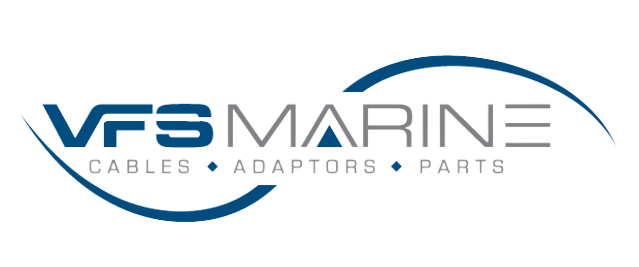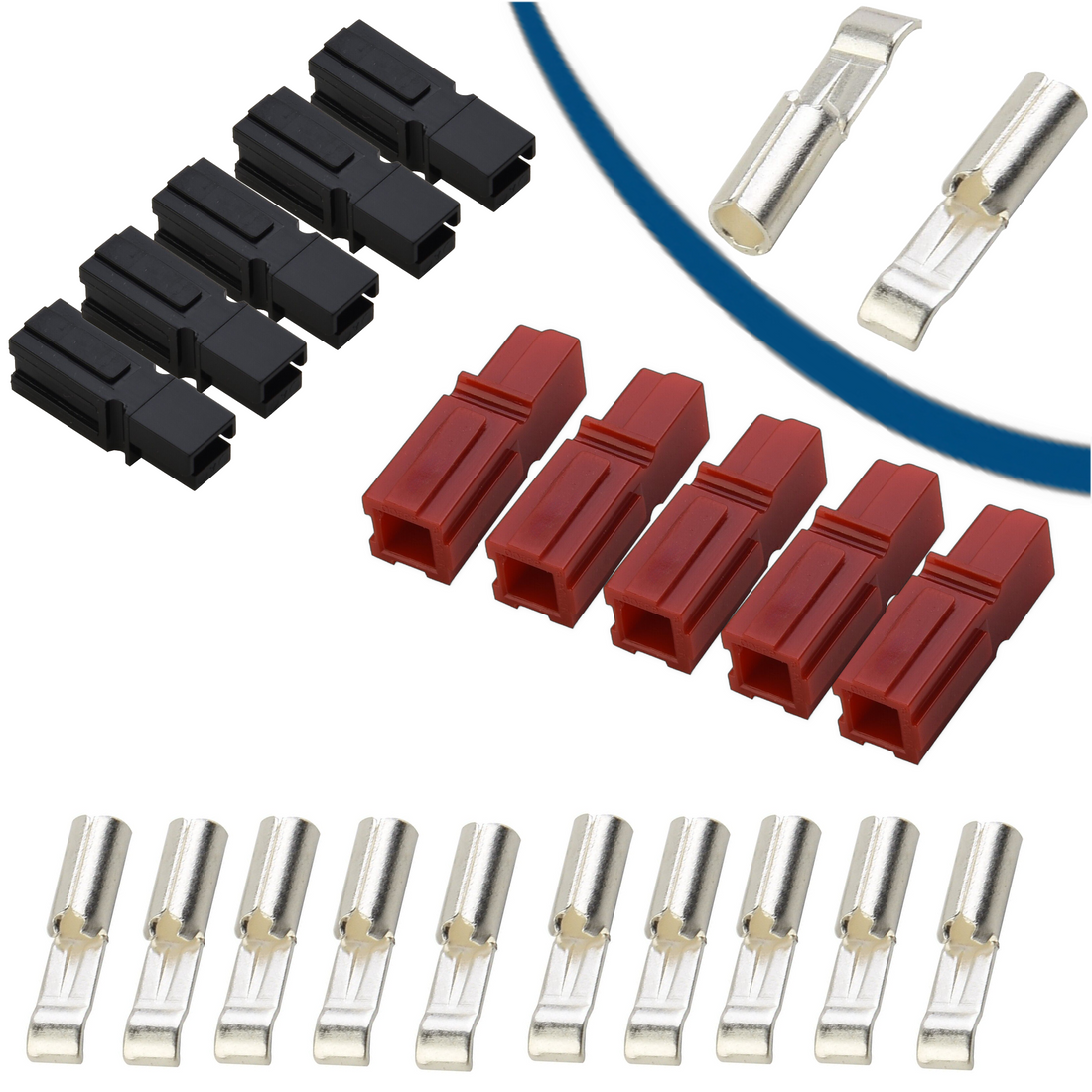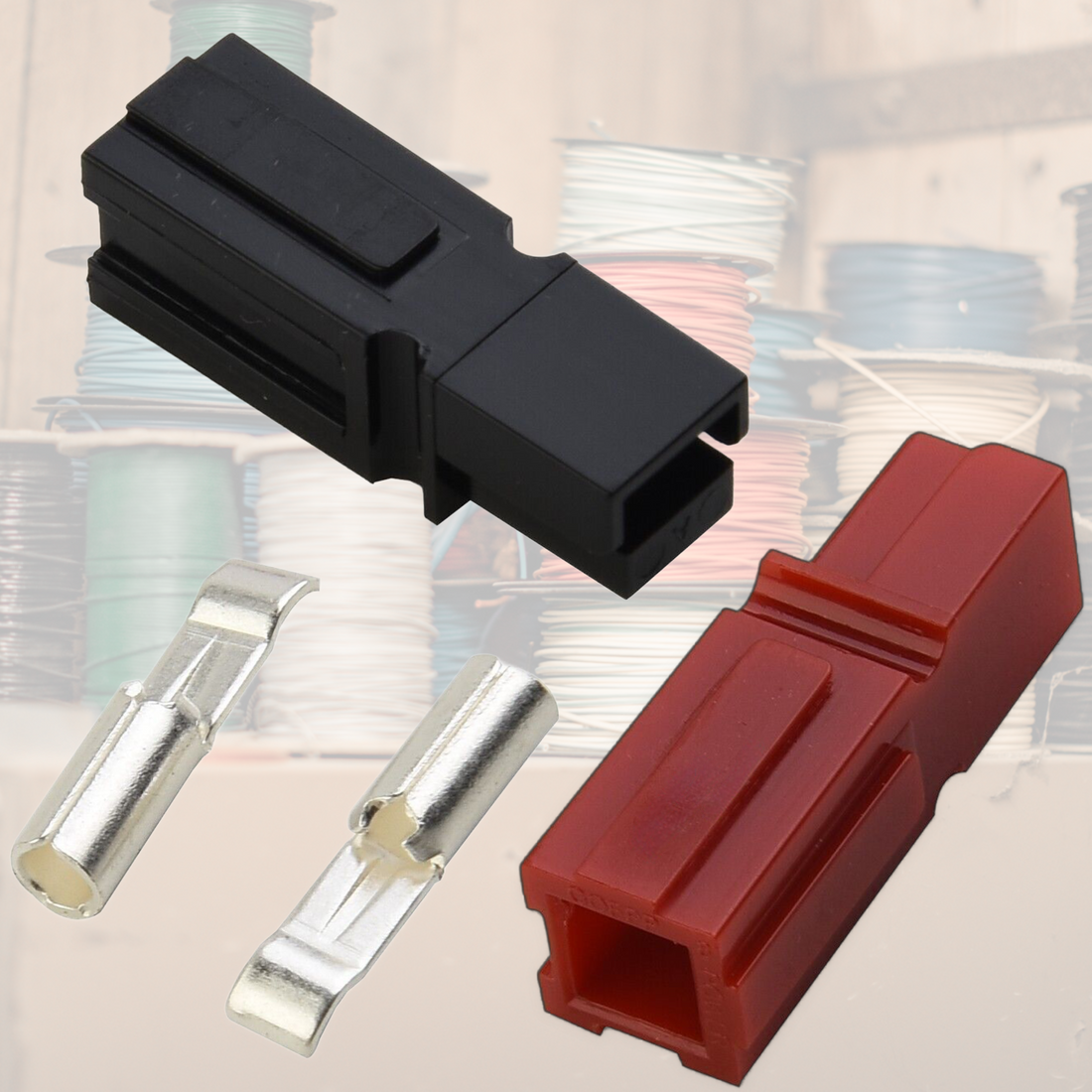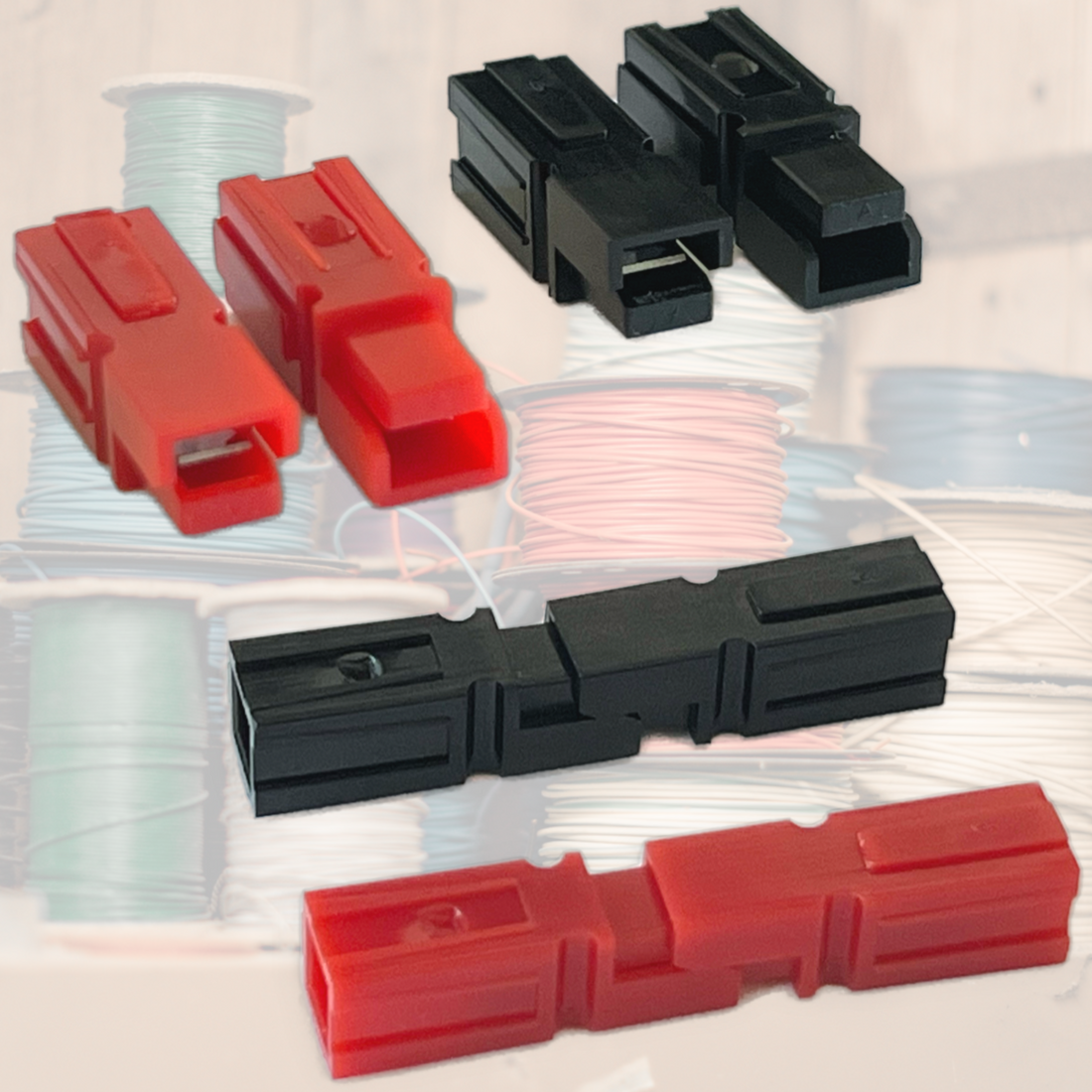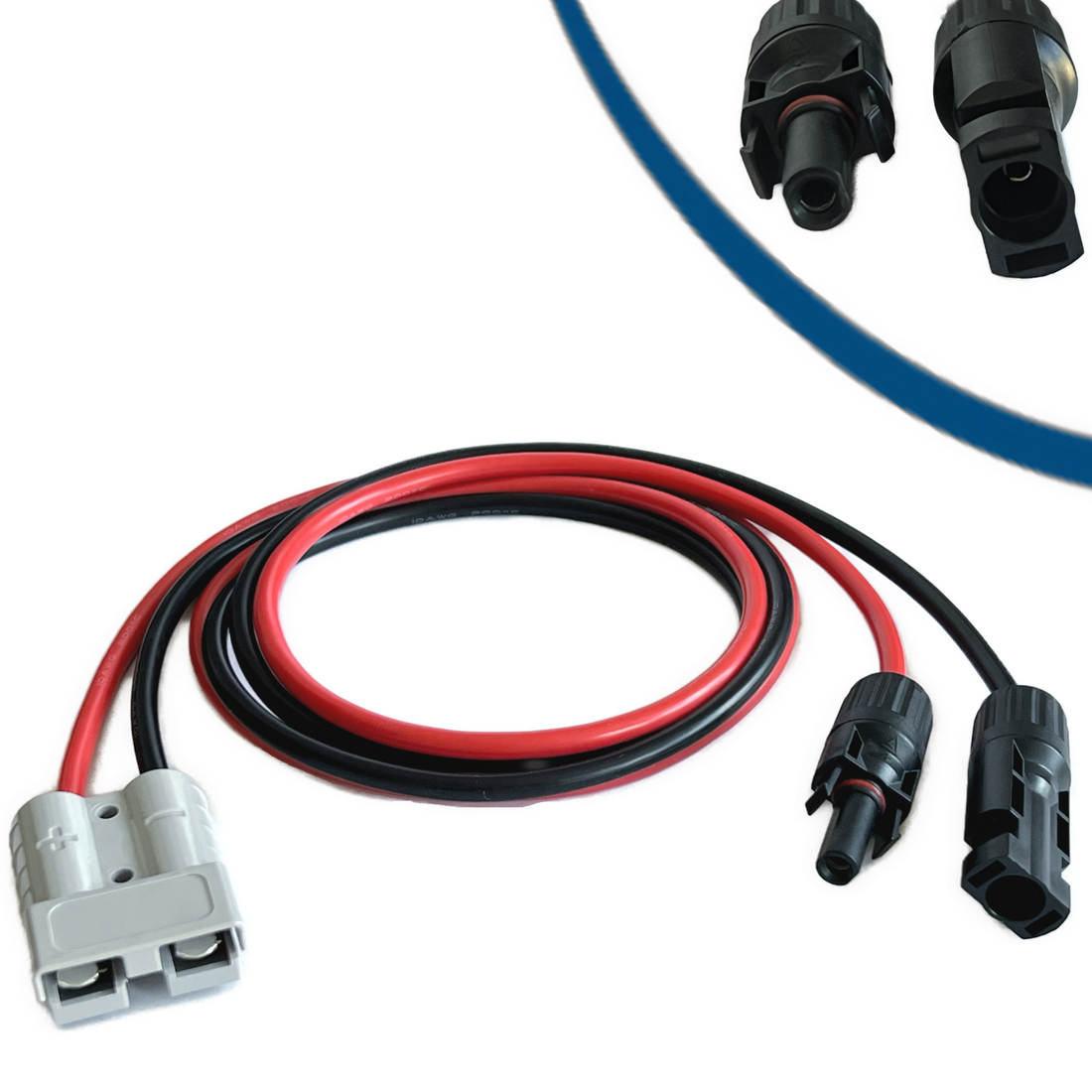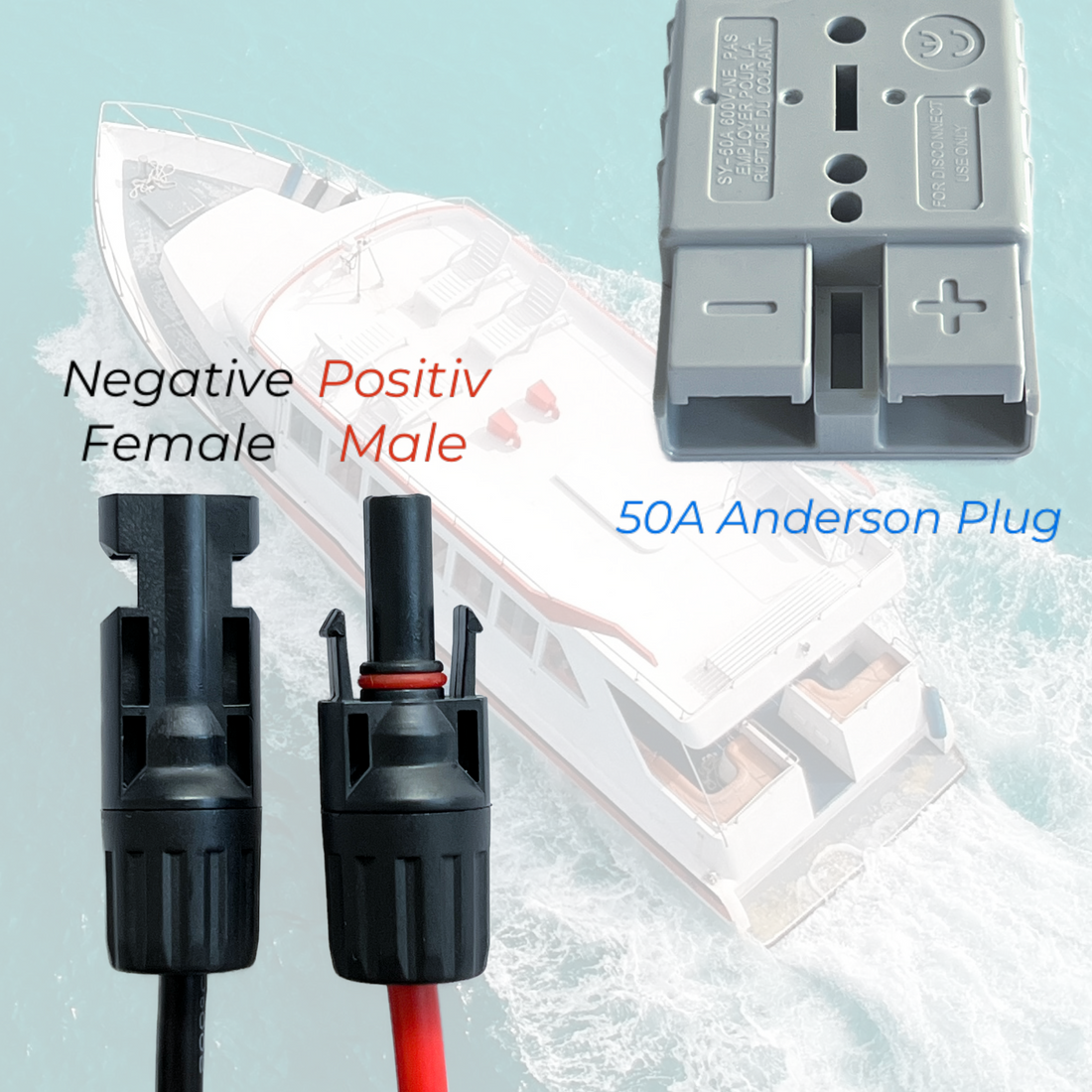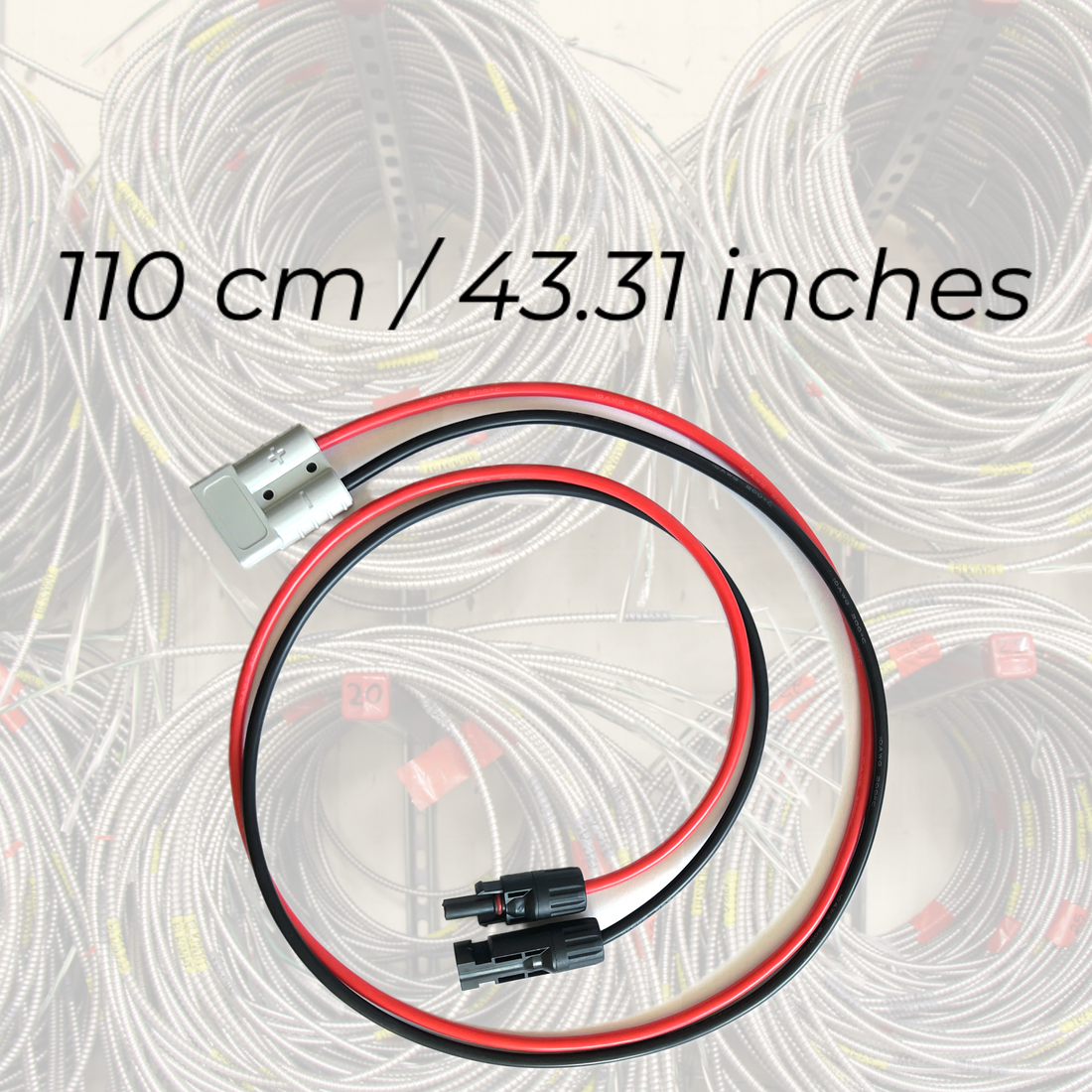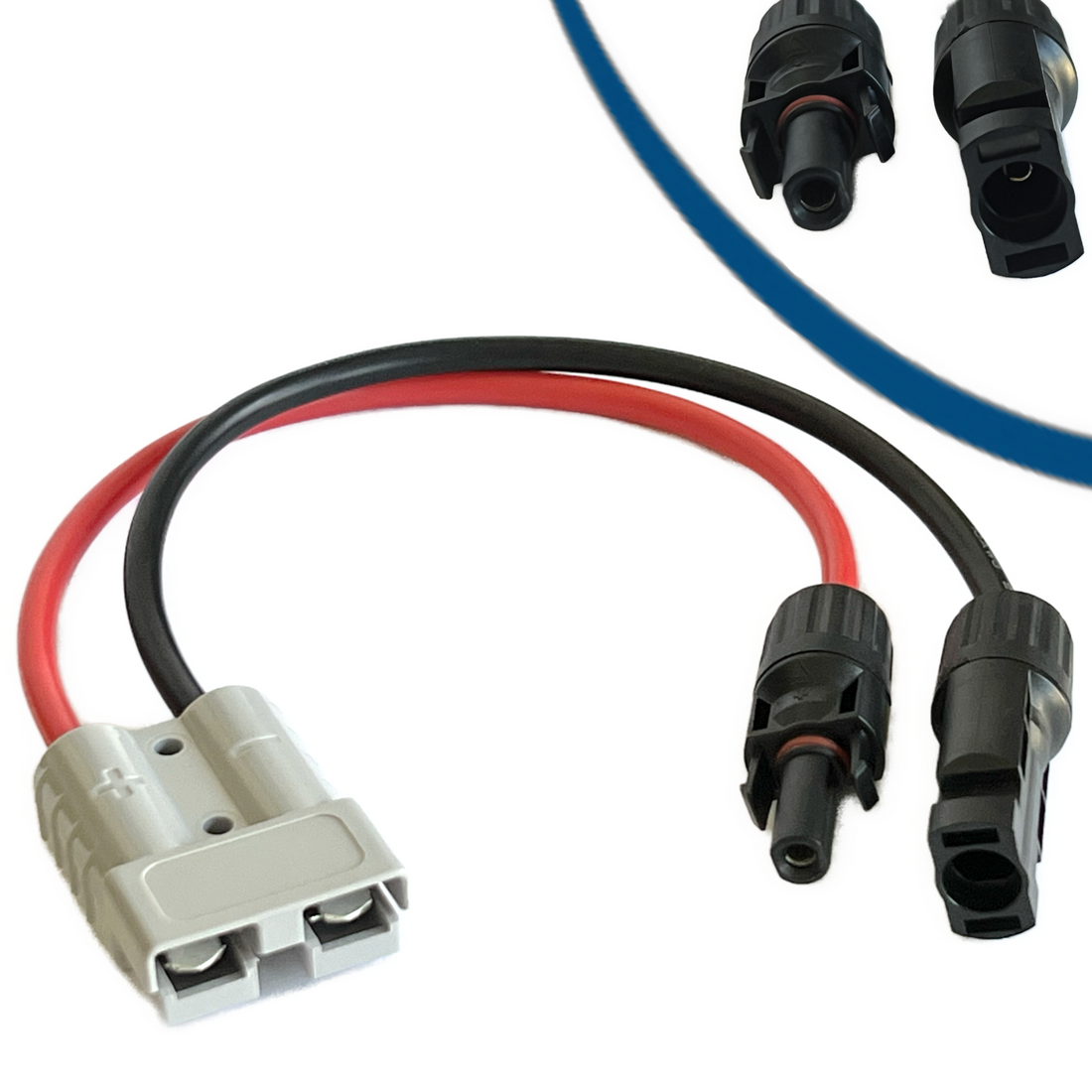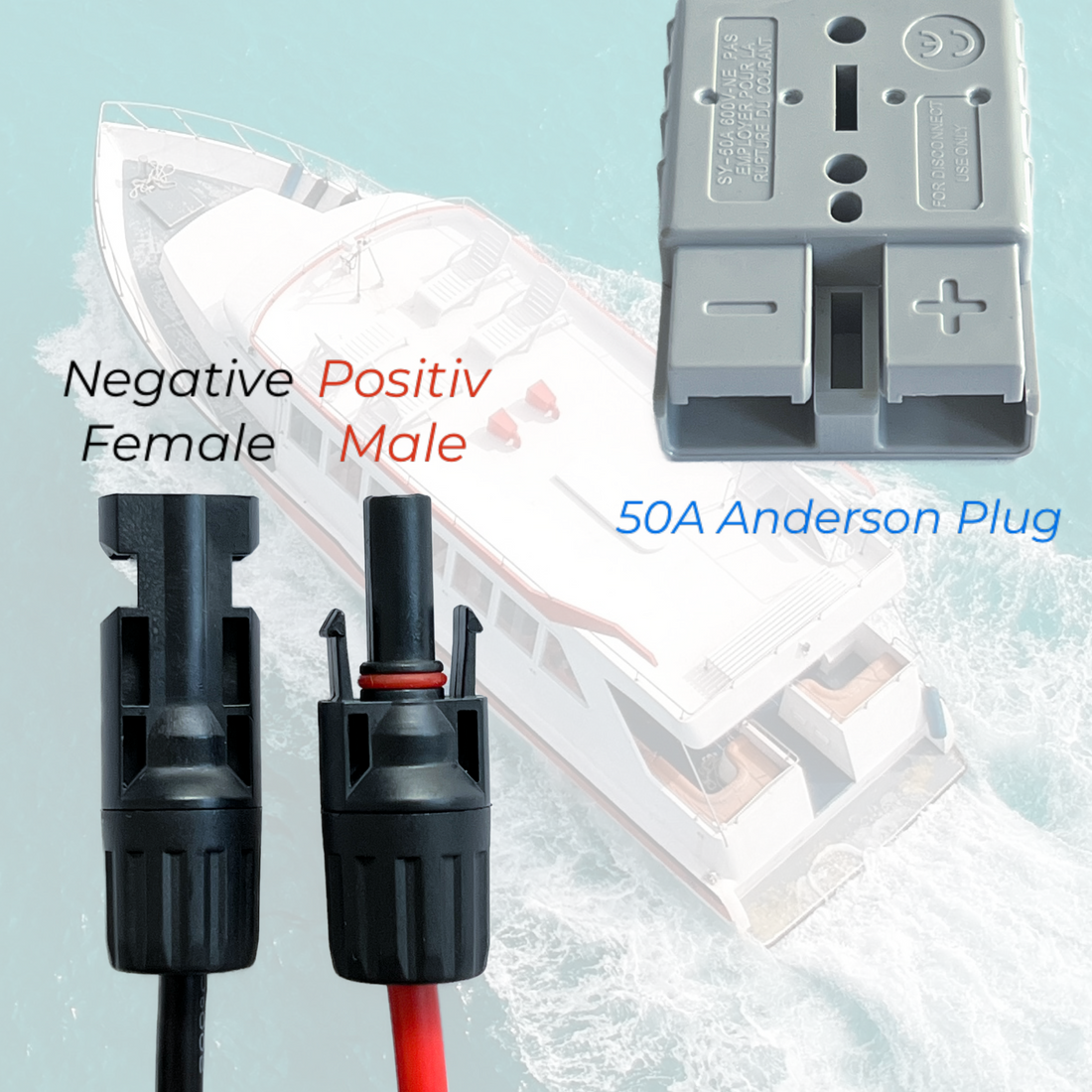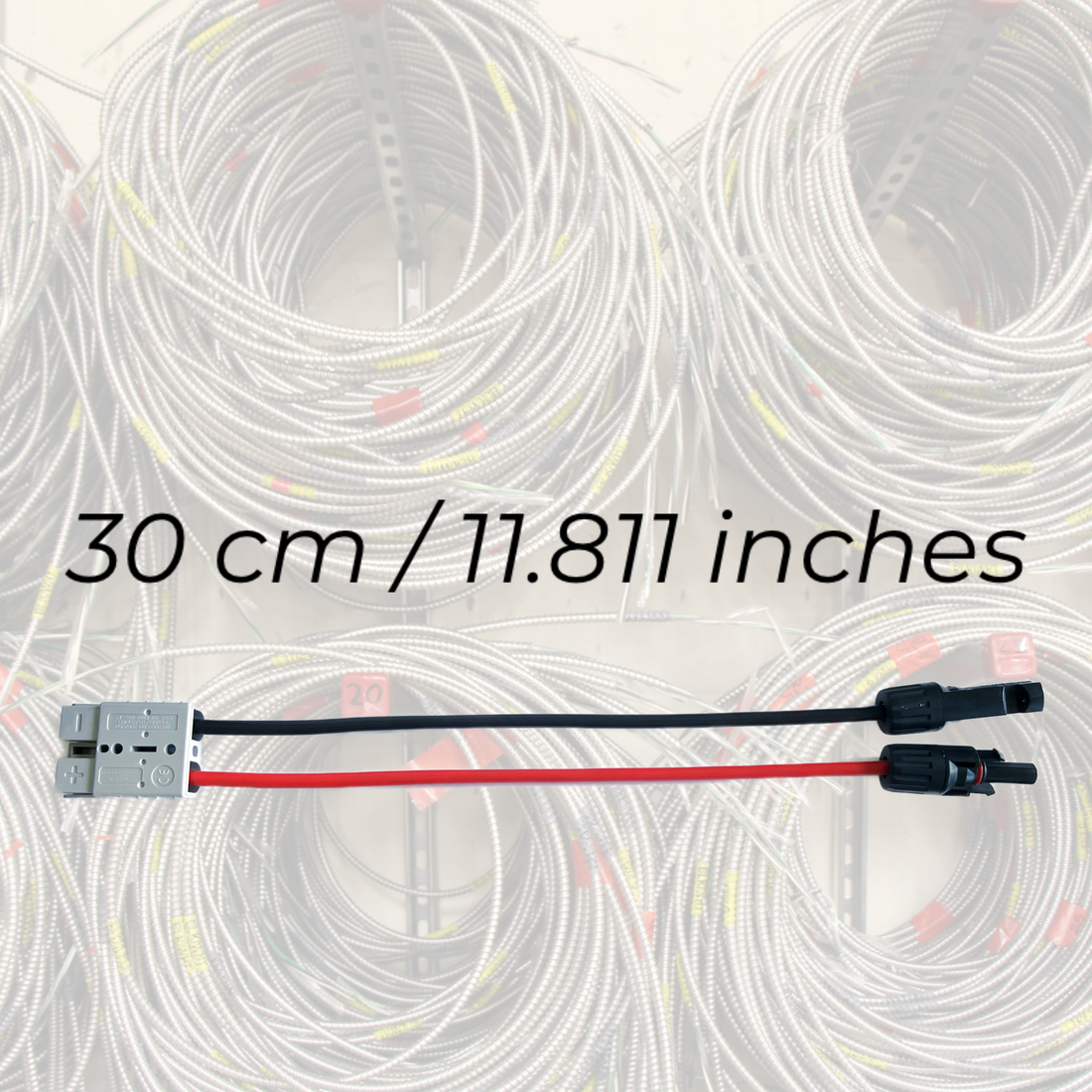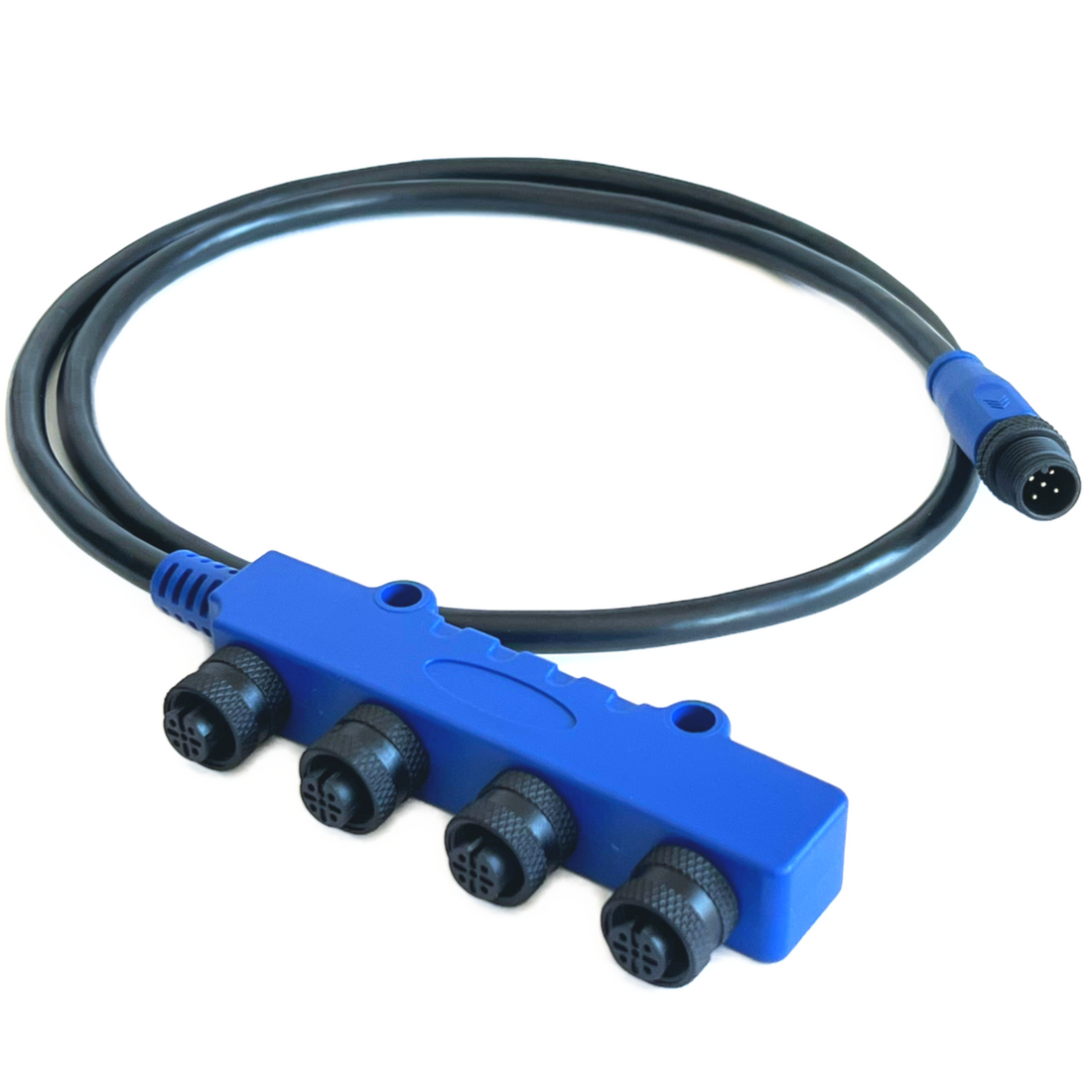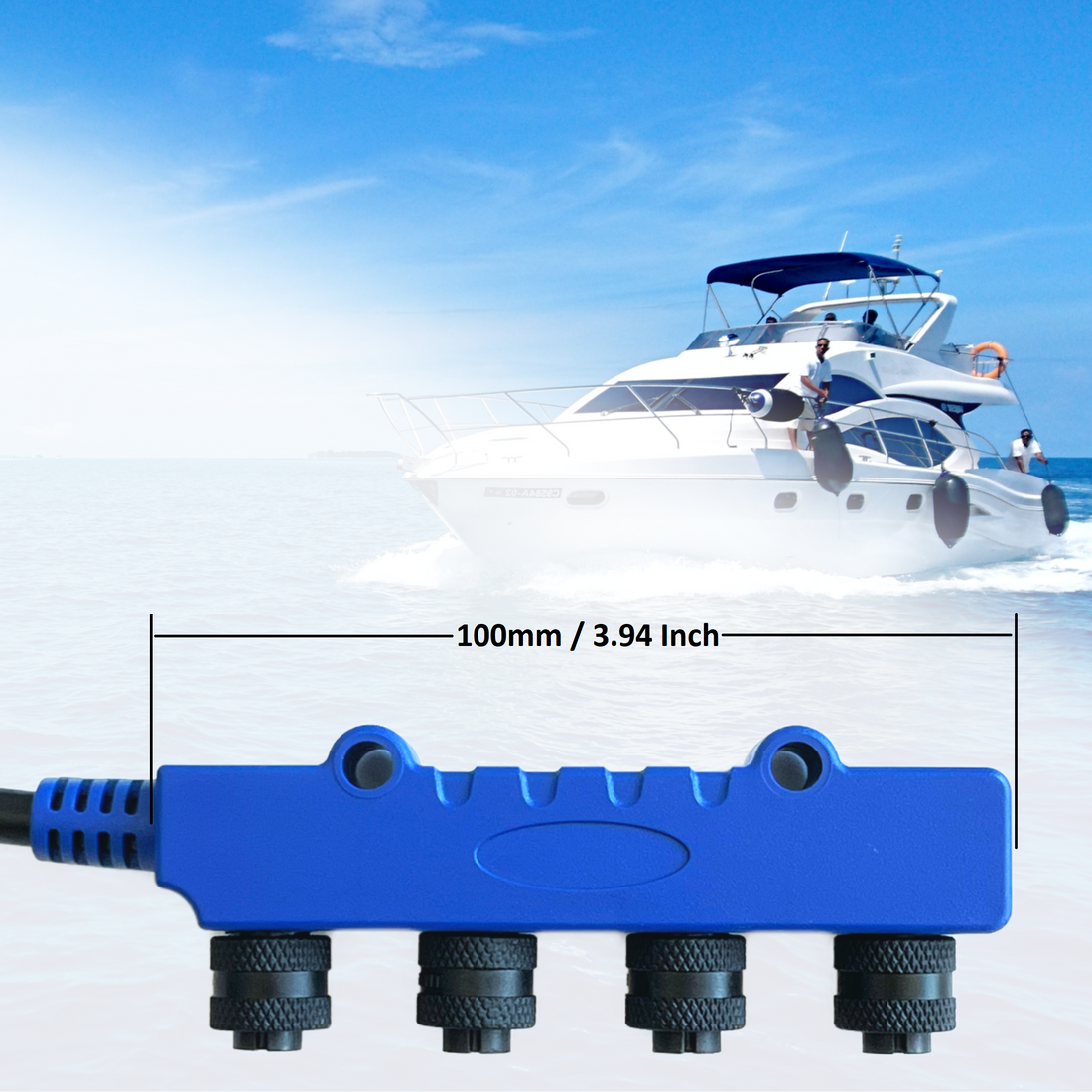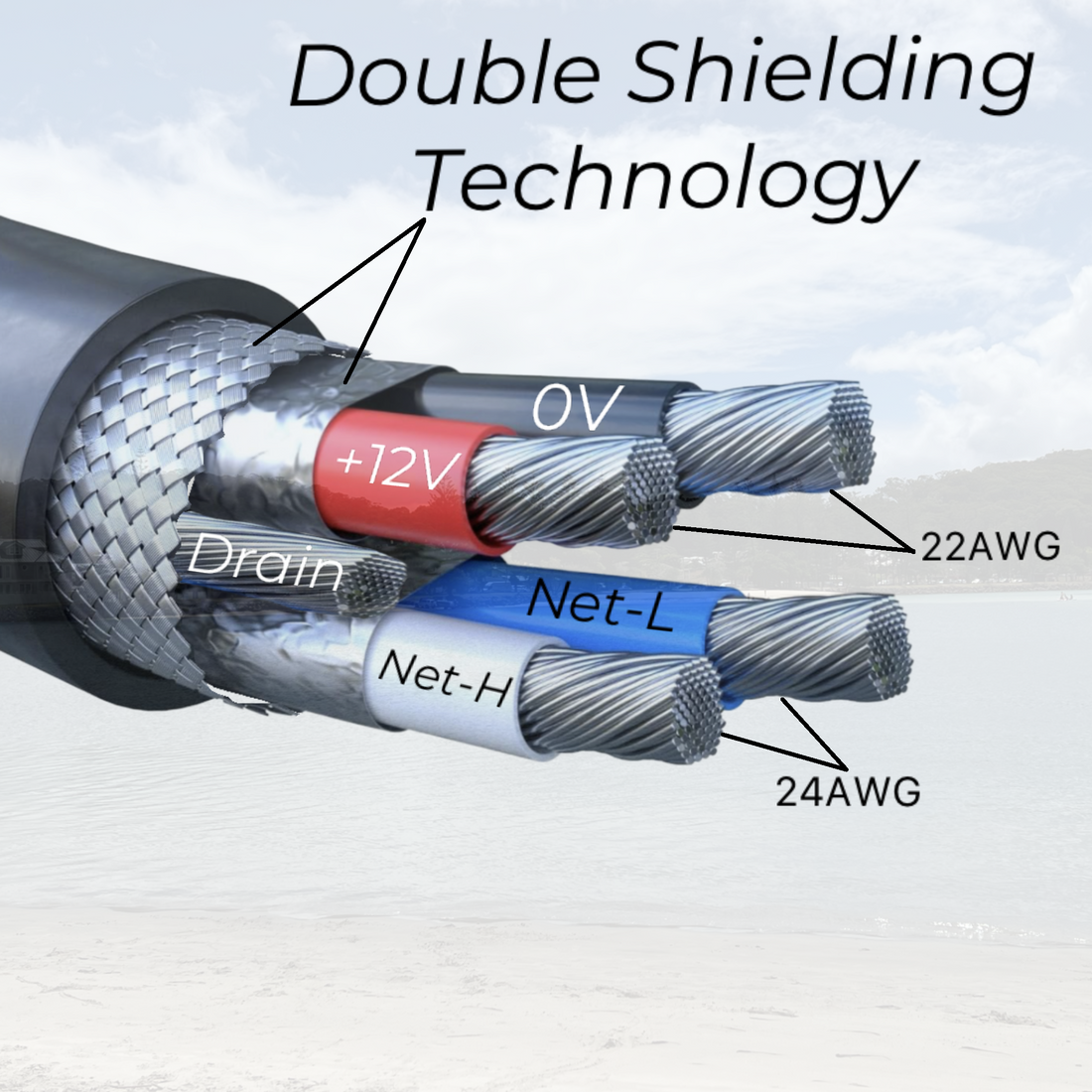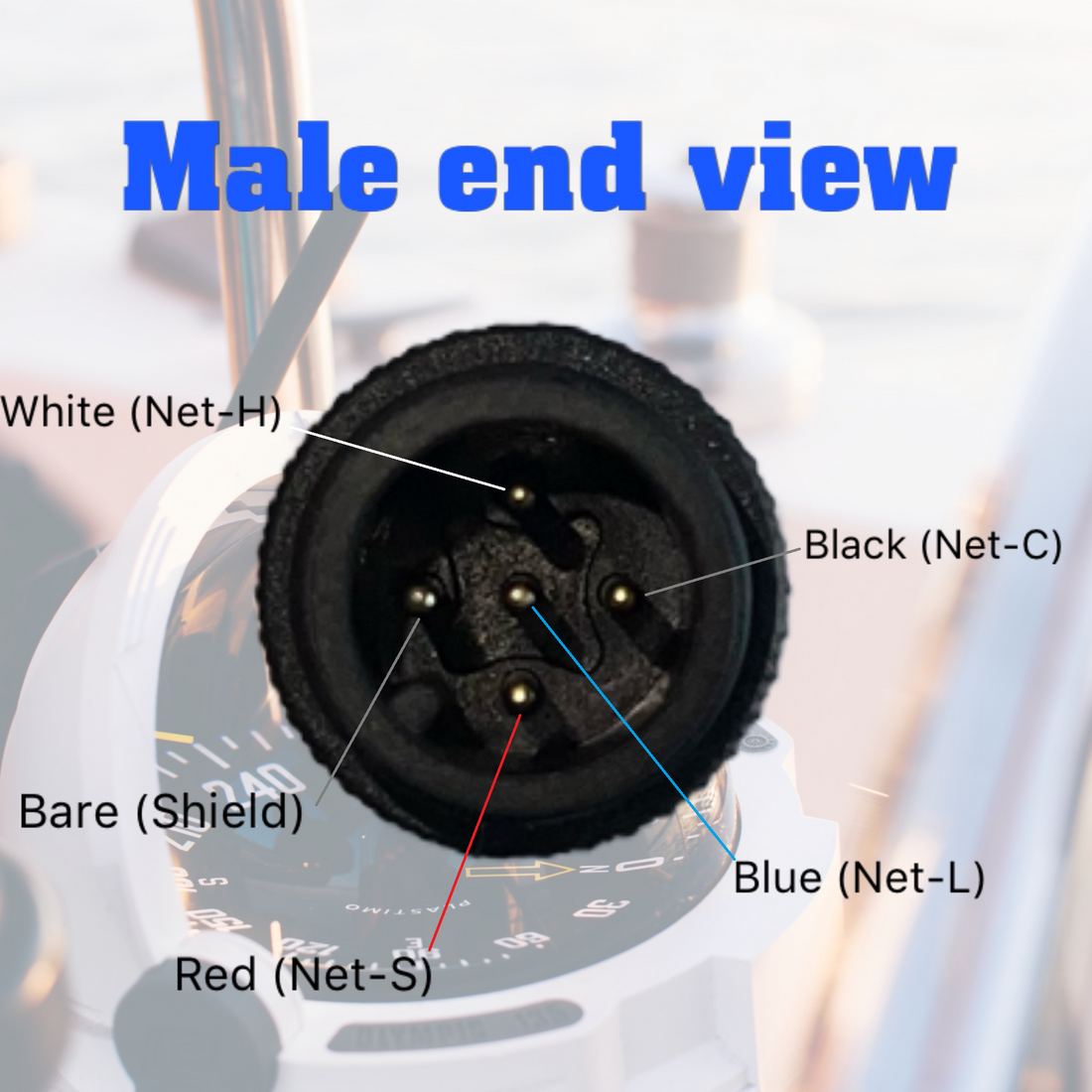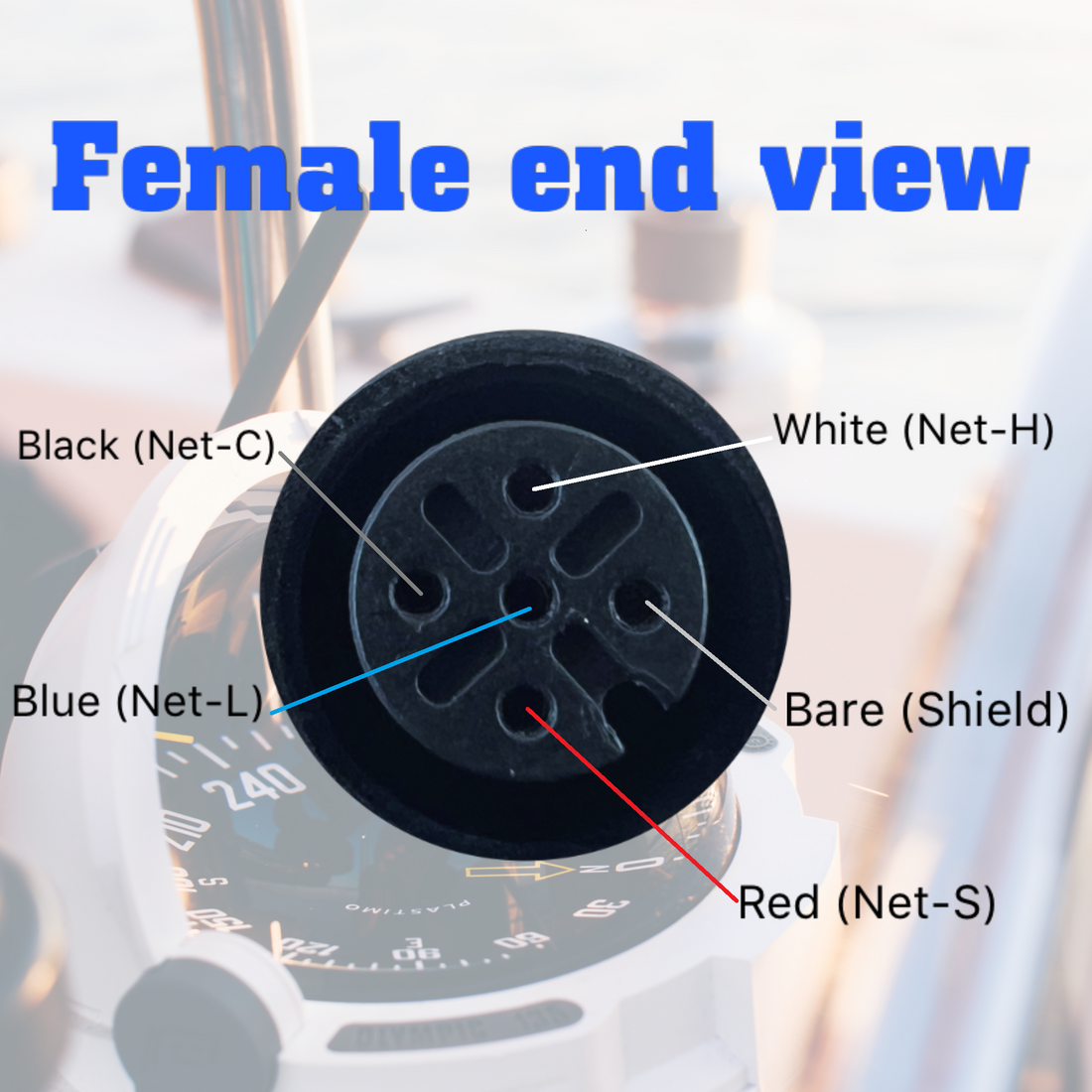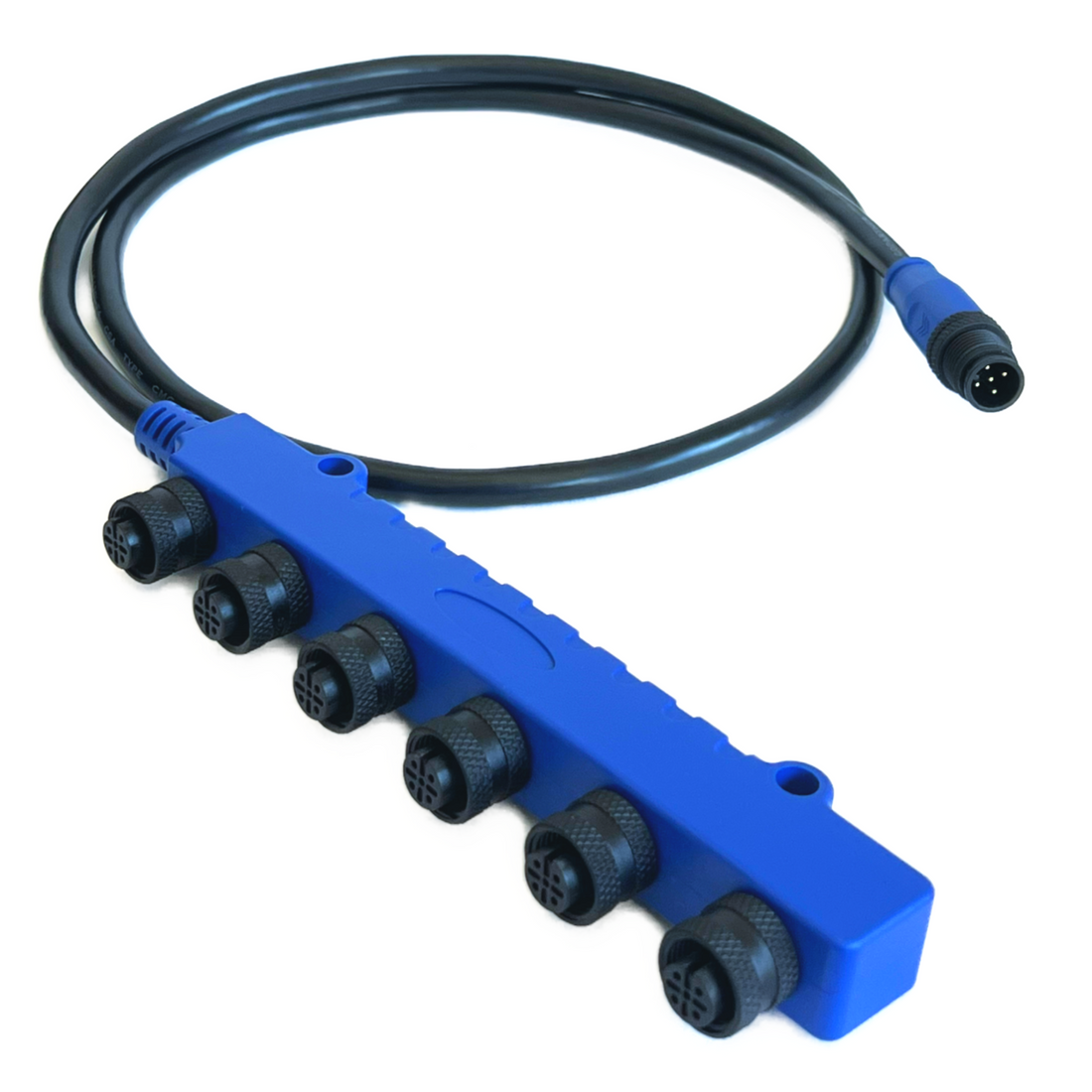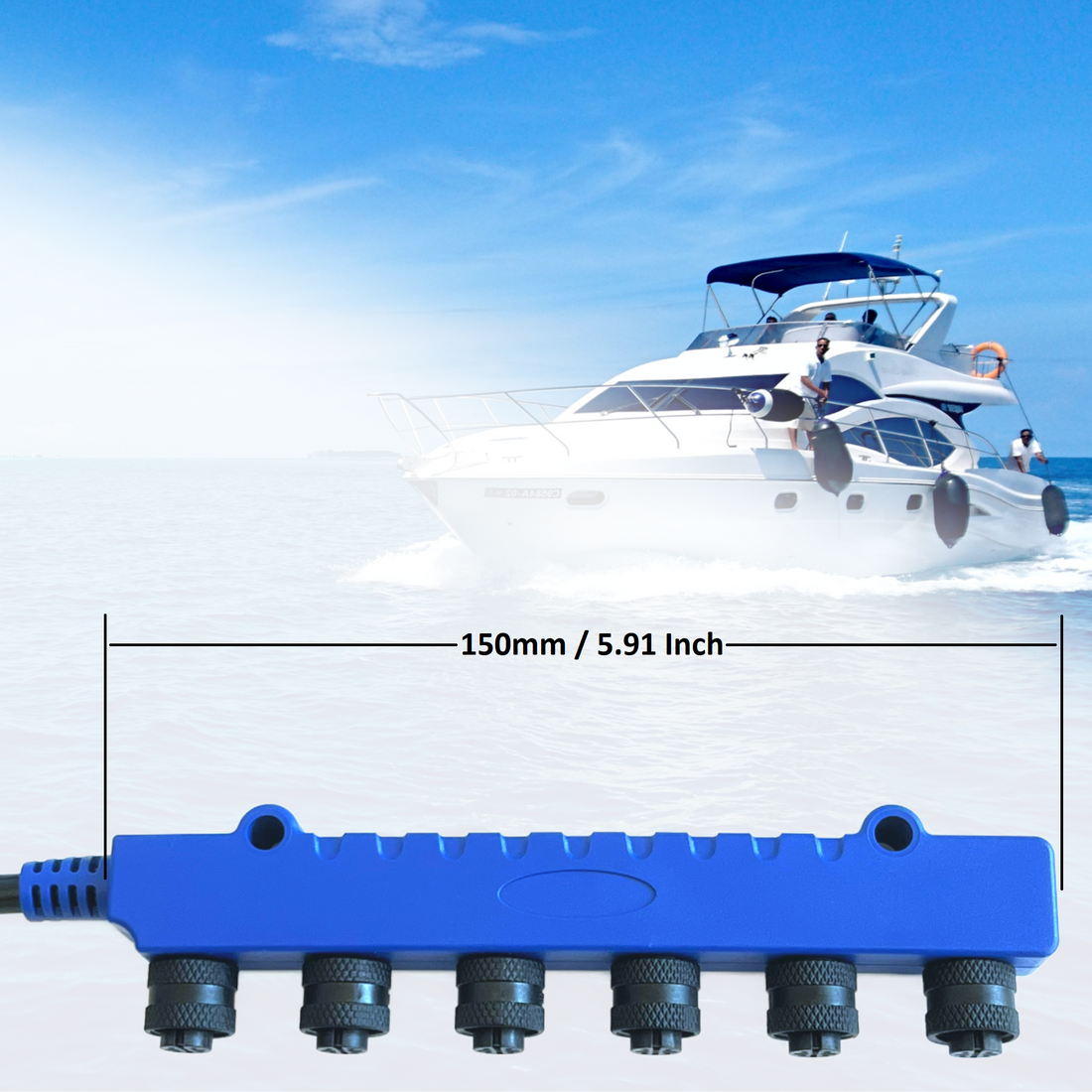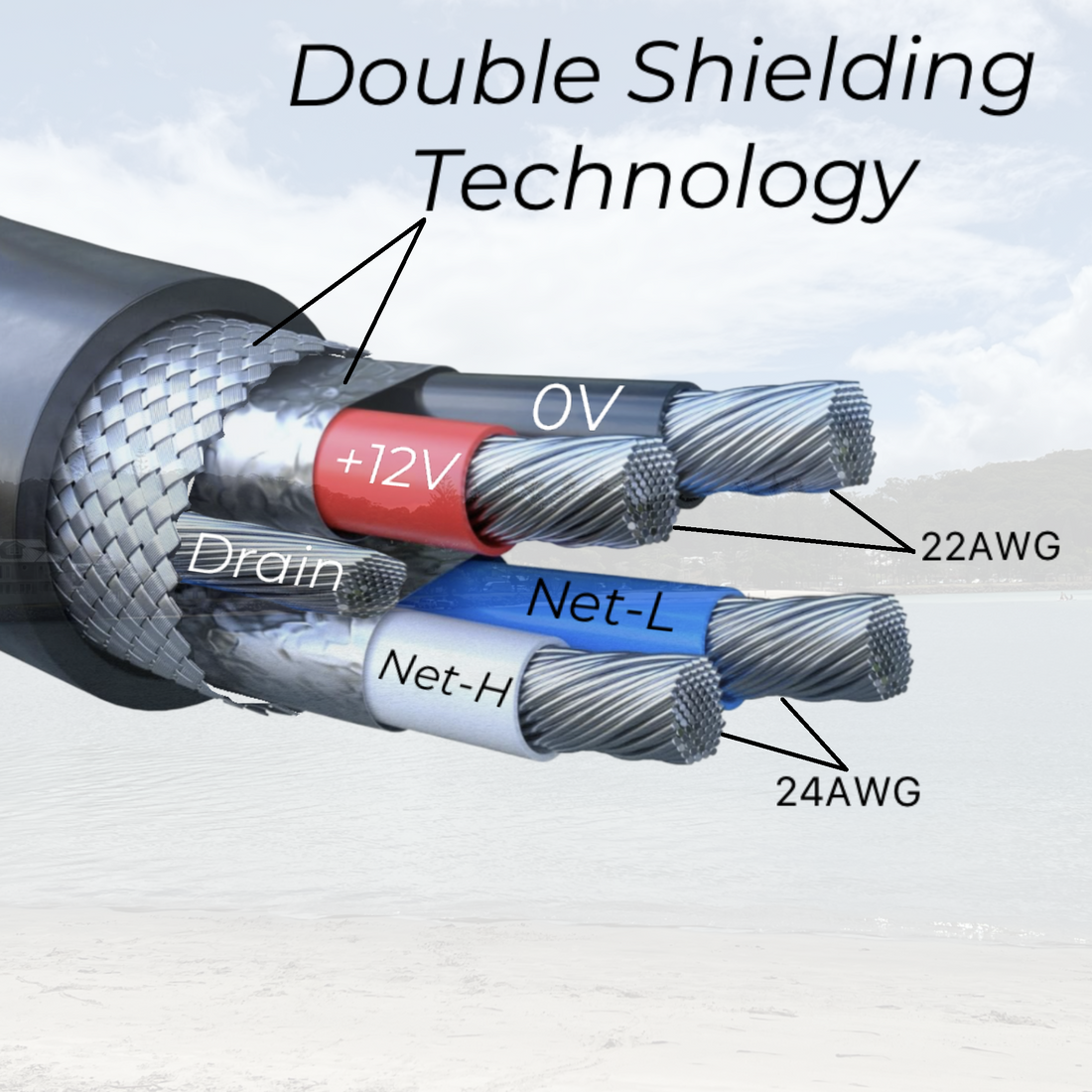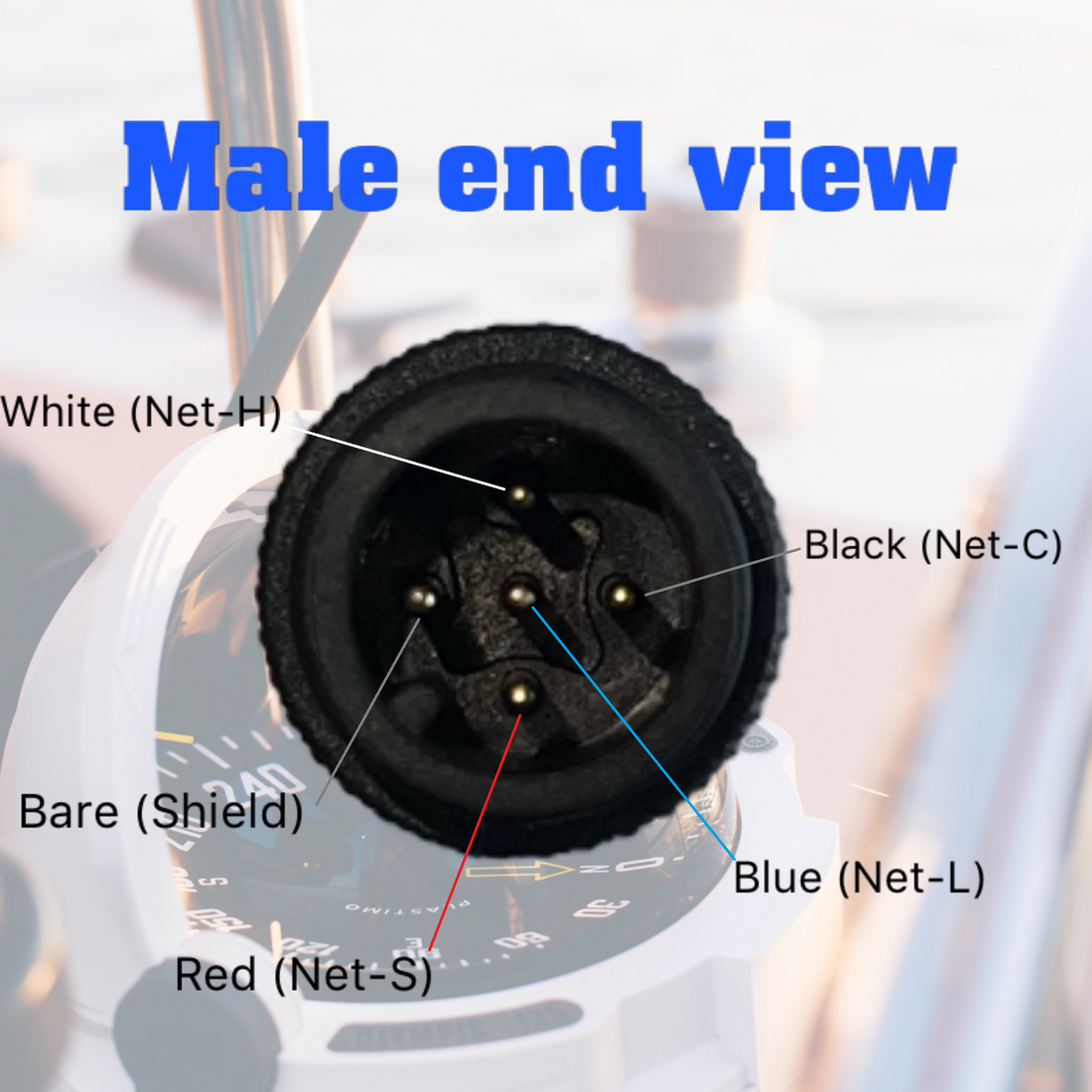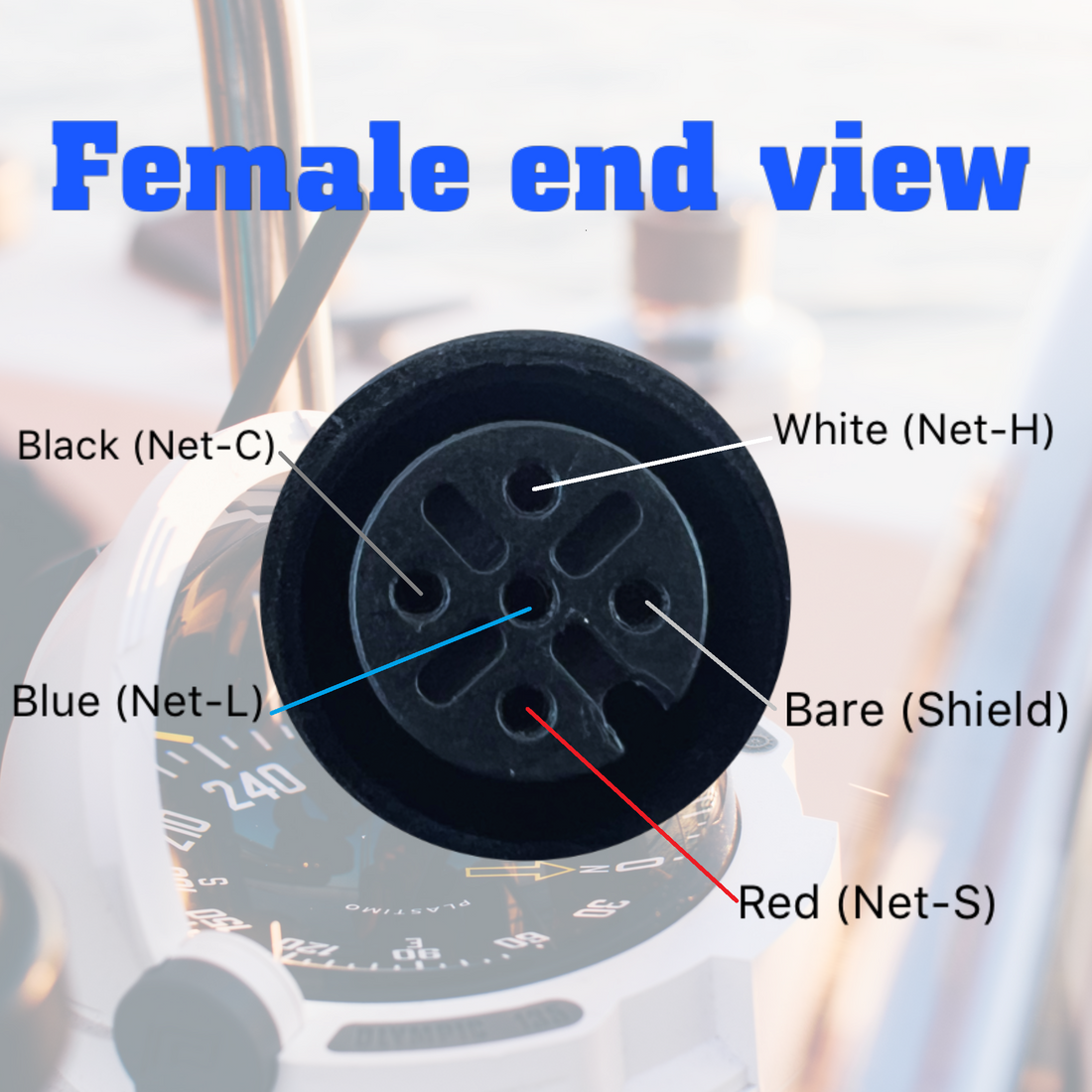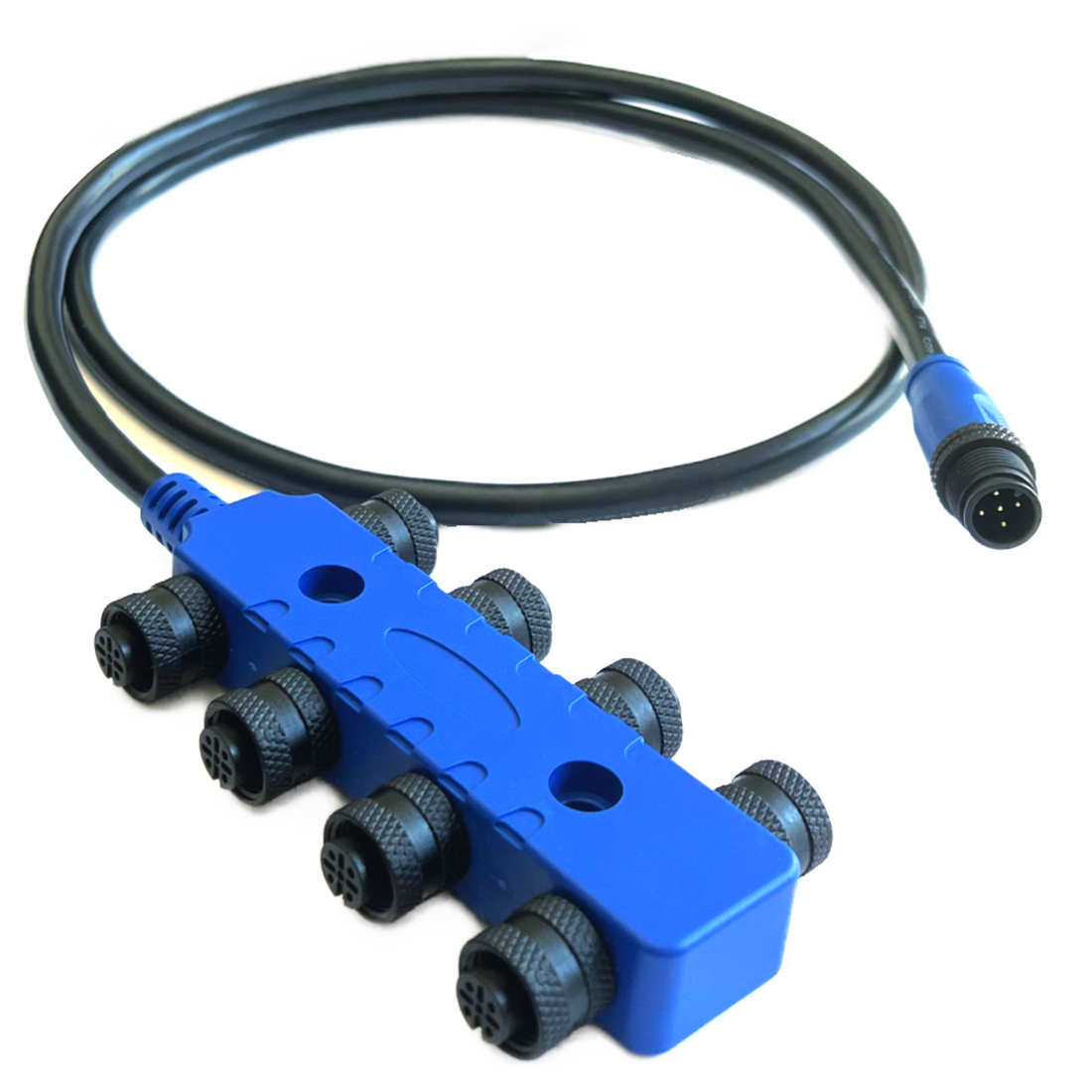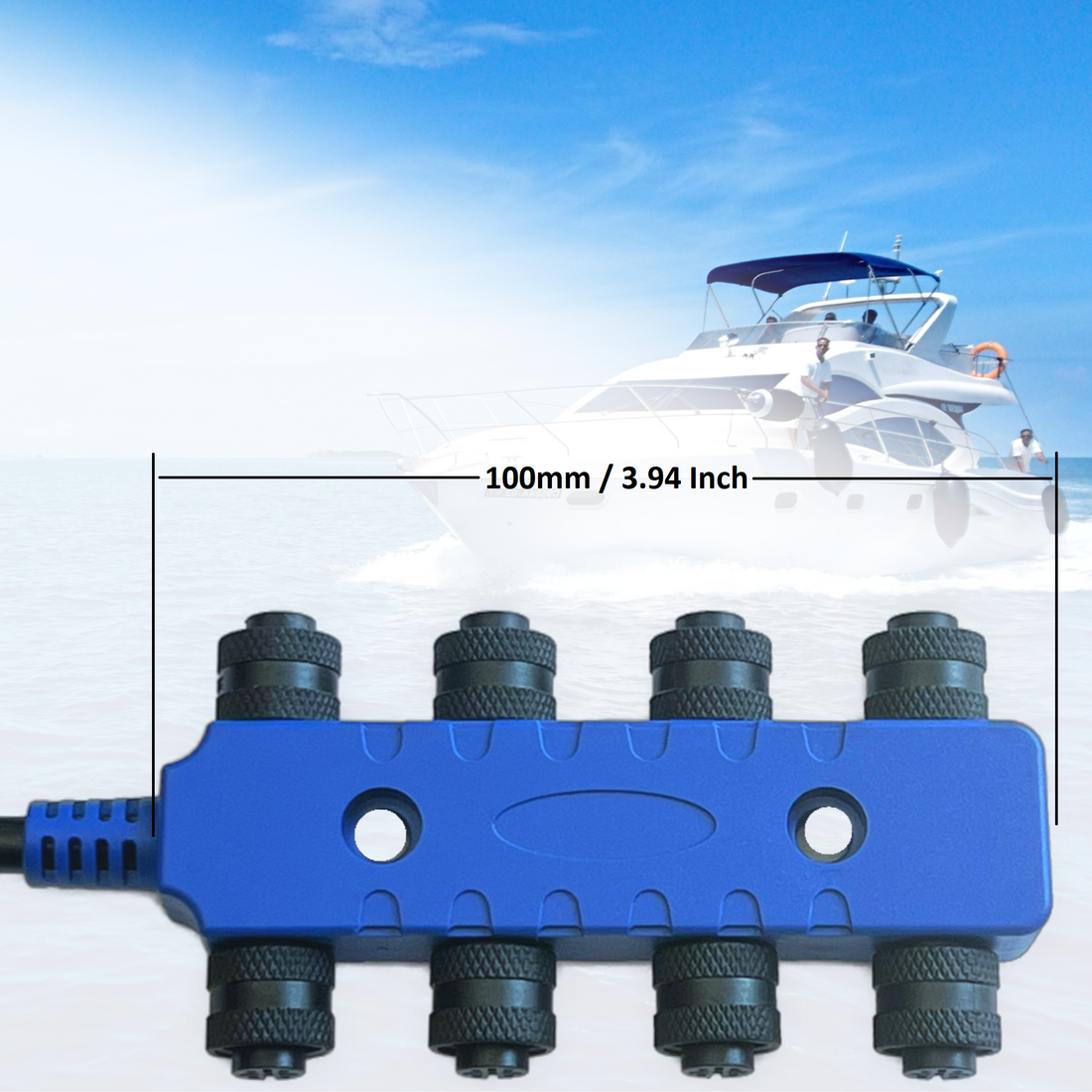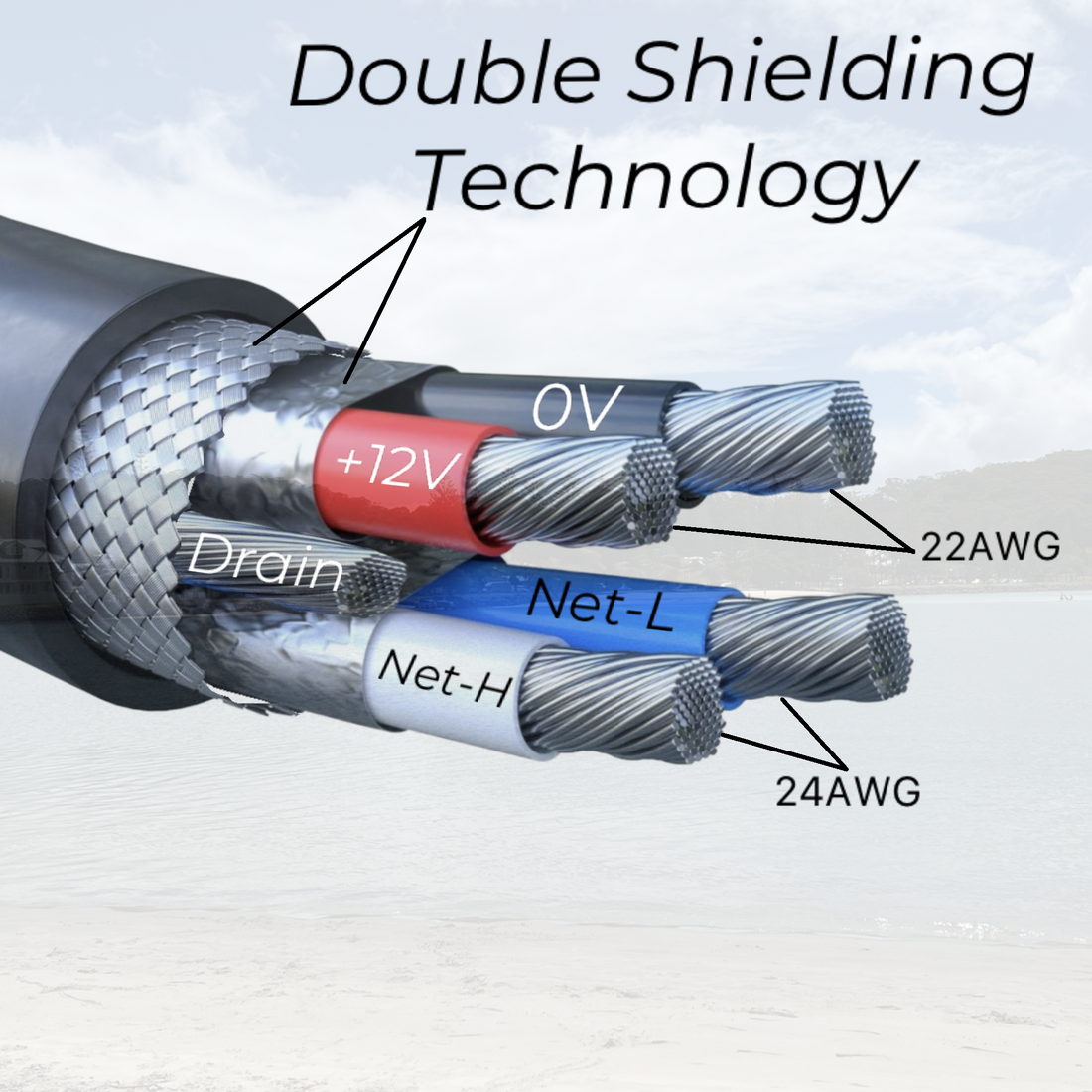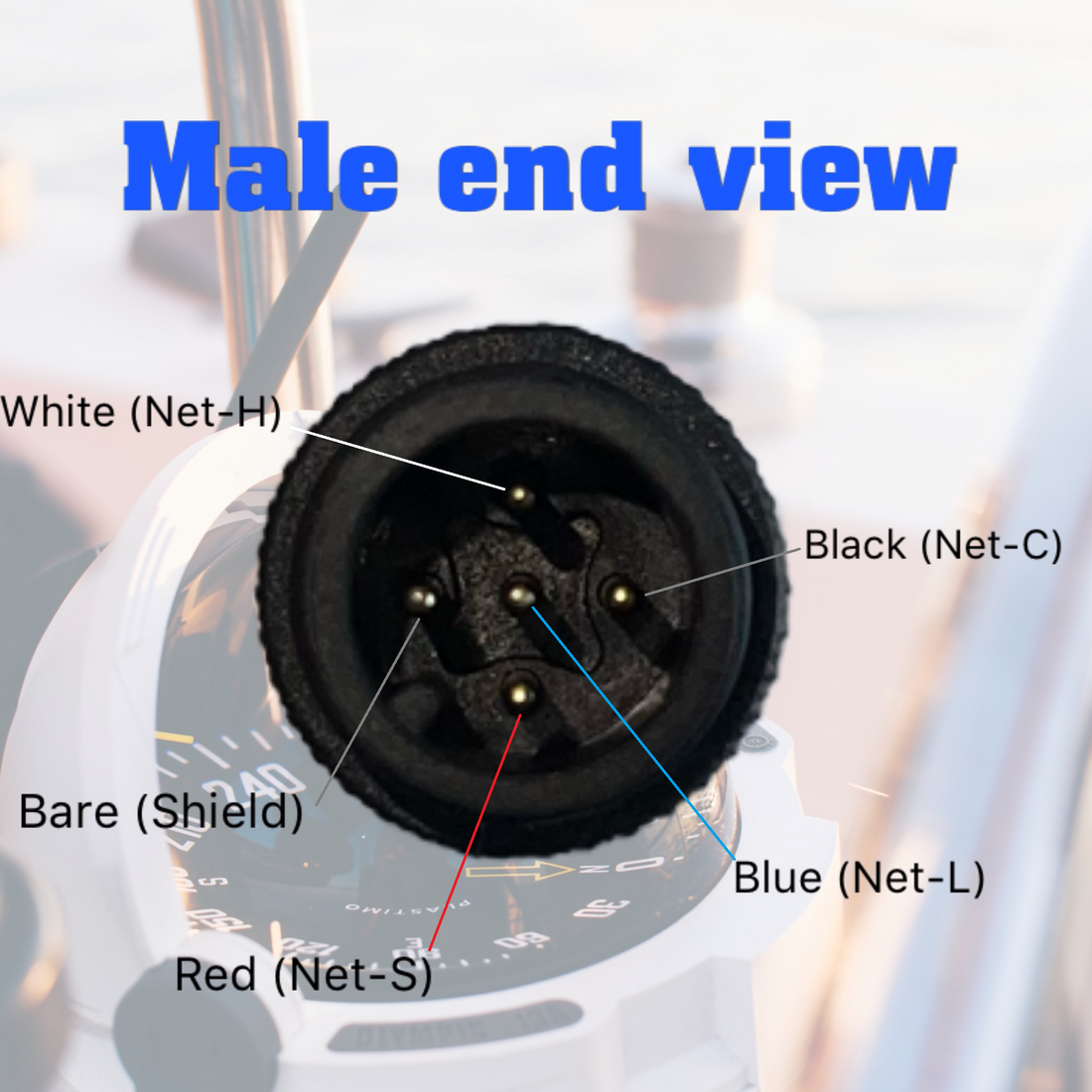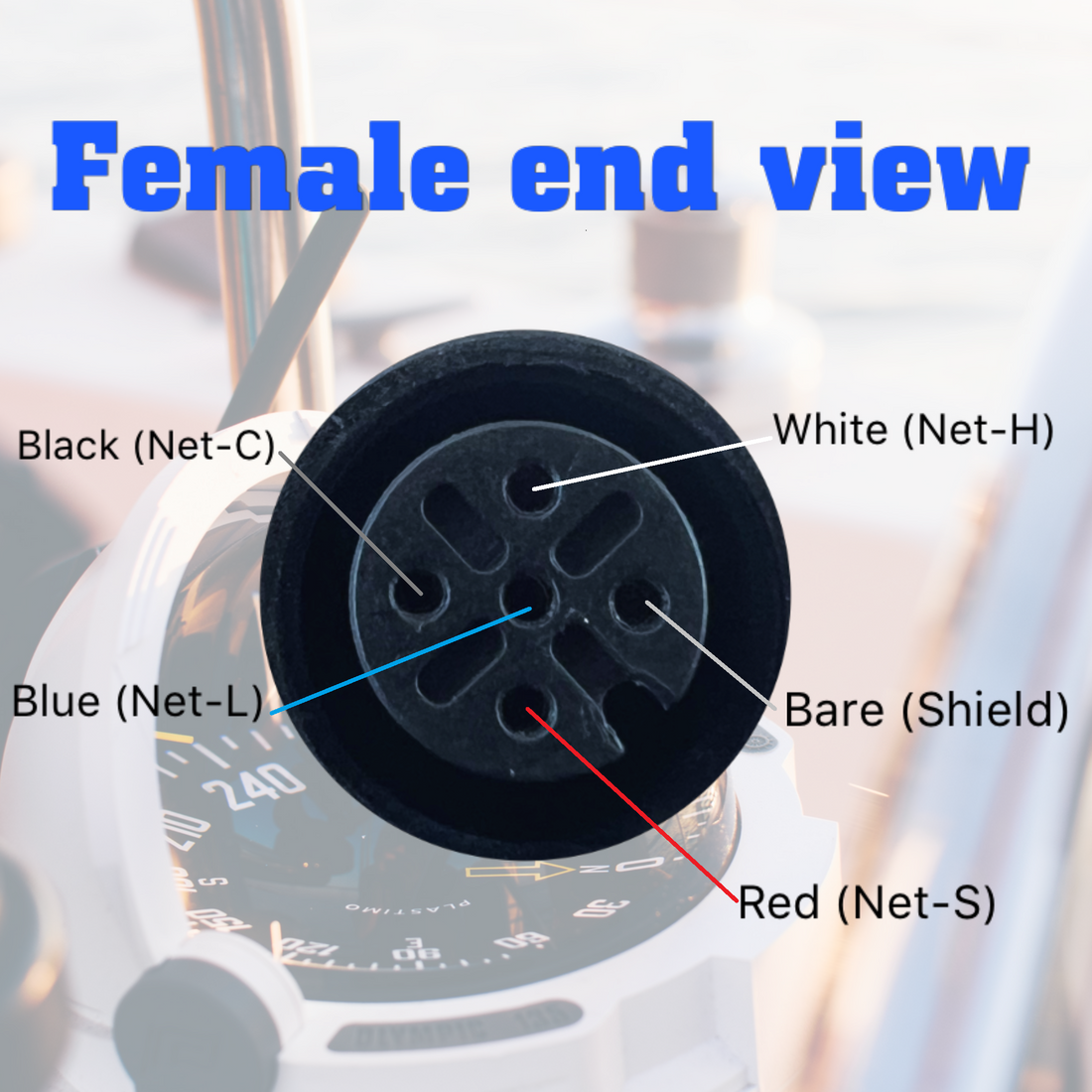
News
Demystifying NMEA 2000: A Beginner's Guide to Understanding this Powerhouse Marine Communication Protocol
Demystifying NMEA 2000: A Beginner's Guide to Understanding this Powerhouse Marine Communication Protocol
Demystifying NMEA 2000: A Beginner's Guide to Understanding this Powerhouse Marine Communication Protocol
Welcome to the world of marine communication protocols! If you're a boating enthusiast or a professional in the maritime industry, you've probably come across the term NMEA 2000. But what exactly is it and why is it considered a powerhouse in marine communication? In this beginner's guide, we will demystify NMEA 2000 and provide you with a comprehensive understanding of the protocol.
NMEA 2000, short for National Marine Electronics Association 2000, is a standardized communication protocol used in the boating industry. It allows various marine electronic devices to connect and share data seamlessly, creating a network of interconnected devices. From GPS systems and fish finders to engine monitors and navigation instruments, NMEA 2000 enables these devices to communicate effectively, providing boaters with improved functionality, efficiency, and safety.
In this article, we'll delve into the basics of NMEA 2000, explaining its structure, components, and benefits. We'll also discuss how to set up a NMEA 2000 network and explore some common applications in the marine industry. So, whether you're a beginner looking to understand marine communication protocols or a seasoned boater wanting to maximize your vessel's capabilities, this guide is here to help you navigate the world of NMEA 2000.
The history and development of NMEA 2000
NMEA 2000, short for National Marine Electronics Association 2000, is a standardized communication protocol used in the boating industry. It was developed to address the limitations of its predecessor, NMEA 0183, which was widely used but had limitations in terms of data capacity and flexibility.
The development of NMEA 2000 began in the late 1990s, with the goal of creating a more robust and scalable network for marine electronics. The result was a protocol that allowed for the seamless integration of various marine devices, enabling them to communicate and share data effectively.
Understanding the basics of NMEA 2000
At its core, NMEA 2000 is a network protocol that allows marine devices to transmit and receive information in a standardized format. This standardized format ensures compatibility between different devices from various manufacturers, making it easier for boaters to integrate different components into their marine electronics system.
NMEA 2000 operates on a Controller Area Network (CAN) bus, which provides a reliable and efficient means of communication. The CAN bus allows for high-speed data transmission and ensures that messages are delivered accurately and in a timely manner.
NMEA 2000 architecture and network setup
To set up a NMEA 2000 network, you'll need a few key components. The backbone of the network is the NMEA 2000 backbone cable, which serves as the main communication pathway for all devices. The backbone cable is connected to a power source, such as a marine battery, to provide power to the devices on the network.
Devices on the NMEA 2000 network are connected using drop cables, which are plugged into T-connectors. T-connectors allow multiple devices to be connected to the backbone, creating a network of interconnected devices. Each device on the network has a unique address, which allows for the identification and routing of messages.
Benefits of using NMEA 2000 in marine communication
Using NMEA 2000 in marine communication offers several benefits for boaters. First and foremost, it allows for the seamless integration of different devices, enabling boaters to create a customized marine electronics system tailored to their specific needs.
NMEA 2000 also provides improved functionality and efficiency. By connecting devices on a common network, boaters can access and share data between devices, eliminating the need for duplicate sensors and reducing wiring complexity. This not only simplifies the installation process but also improves overall system performance.
NMEA 2000 vs NMEA 0183: Key differences
While NMEA 2000 and NMEA 0183 are both marine communication protocols, there are key differences between the two. NMEA 0183 is an older protocol that uses serial communication, whereas NMEA 2000 utilizes a CAN bus for high-speed communication.
One of the main advantages of NMEA 2000 over NMEA 0183 is its scalability. NMEA 2000 supports a larger number of devices on a single network, making it ideal for larger vessels with complex electronic systems. Additionally, NMEA 2000 provides more robust error detection and correction capabilities, ensuring reliable data transmission.
NMEA 2000 troubleshooting and common issues
While NMEA 2000 is a powerful communication protocol, it's not without its challenges. Common issues with NMEA 2000 networks include faulty connections, improper device configuration, and incompatible devices. Troubleshooting these issues can be complex, but there are steps you can take to diagnose and resolve them.
One of the first steps in troubleshooting a NMEA 2000 network is to check the physical connections. Ensure that all cables are securely connected and that there are no loose or damaged connectors. It's also important to verify that devices on the network are properly configured and have the correct firmware installed.
NMEA 2000 compatible devices and sensors
A wide range of marine devices and sensors are compatible with NMEA 2000, allowing boaters to expand the capabilities of their marine electronics system. Some common NMEA 2000 compatible devices include GPS systems, chartplotters, fish finders, AIS (Automatic Identification System) receivers, engine monitors, and navigation instruments.
In addition to devices, NMEA 2000 also supports various sensors that can provide valuable data to boaters. These sensors include depth sounders, wind sensors, temperature sensors, and fuel flow sensors, among others. By integrating these sensors into their NMEA 2000 network, boaters can have access to real-time data that can enhance their boating experience and improve safety.
How to integrate NMEA 2000 into your marine electronics system
Integrating NMEA 2000 into your marine electronics system requires careful planning and consideration. Start by identifying the devices and sensors you want to integrate into your network. Ensure that these devices are NMEA 2000 compatible and have the necessary connections and firmware to communicate effectively.
Next, determine the layout of your network and plan the installation process. Consider the location of devices and sensors, as well as the routing of cables. It's essential to follow the manufacturer's guidelines for installation and to use quality connectors and cables to ensure reliable and long-lasting connections.
Conclusion: Embracing the power of NMEA 2000 in modern boating.
In conclusion, NMEA 2000 is a powerhouse marine communication protocol that revolutionizes the way boaters integrate and utilize marine electronics. With its standardized format, seamless integration capabilities, and improved functionality, NMEA 2000 offers boaters a more efficient and effective means of communication.
By understanding the basics of NMEA 2000, setting up a network, and troubleshooting common issues, boaters can harness the power of this protocol and unlock the full potential of their marine electronics system. So whether you're a beginner looking to dive into marine communication protocols or a seasoned boater wanting to maximize your vessel's capabilities, embrace the power of NMEA 2000 and take your boating experience to the next level.
